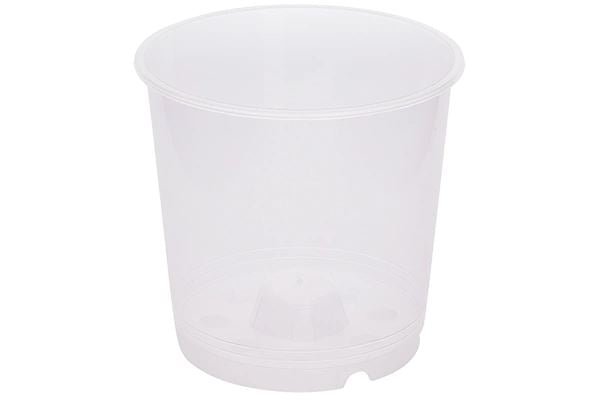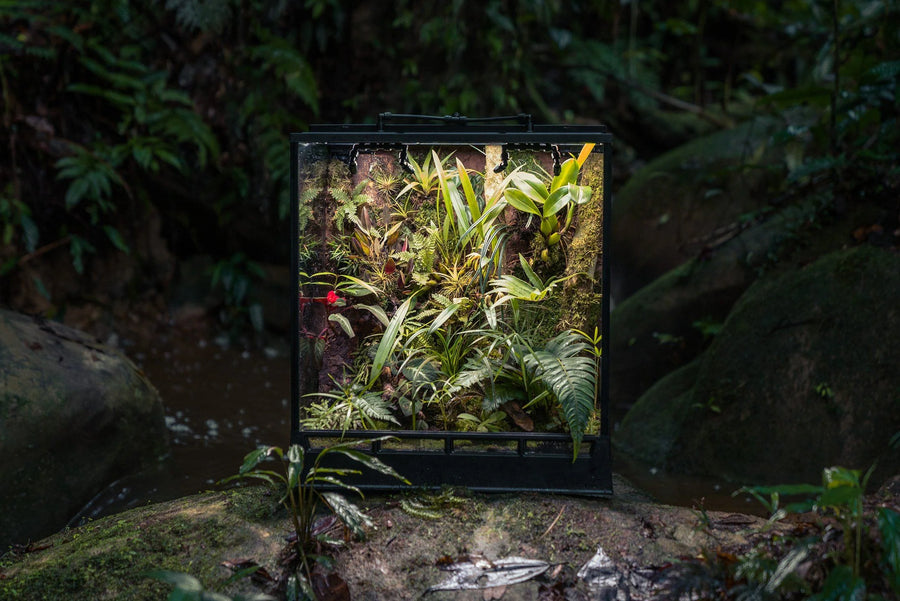The variegated black pepper plant (Piper nigrum 'Albo Variegatum') is a tropical, perennial vine renowned for its ornamental foliage and the production of peppercorns—the source of black, white, and green pepper used in cooking. This cultivar features heart-shaped leaves with striking creamy white splashes. As a climbing plant, it requires support such as a trellis or stake to accommodate its vining habit.
Native to Piper nigrum originates from the tropical regions of South India and Sri Lanka, where it thrives in humid, forested environments.
Water Maintain consistently moist soil for the variegated black pepper plant, allowing the top third of the compost to dry out between waterings. Overwatering can lead to root rot, while prolonged dryness may cause leaf drop. Adjust watering frequency based on indoor temperatures and humidity levels.
Light Provide bright, indirect light to support healthy growth and variegation. Avoid direct sunlight, which can scorch the leaves, and low-light conditions, which may reduce variegation and vigour. Placing the plant near an east or west-facing window with filtered light is ideal.
Humidity As a tropical species, Piper nigrum prefers higher humidity levels, ideally between 50-60%. Regular misting or placing the plant on a humidity tray can help maintain adequate moisture in the air. In centrally heated homes, especially during winter, consider using a humidifier to prevent the air from becoming too dry.
Temperature This plant thrives in warm indoor temperatures ranging from 18-26°C. Protect it from cold drafts and avoid placing it near sources of direct heat, such as radiators, to prevent stress and potential leaf damage.









